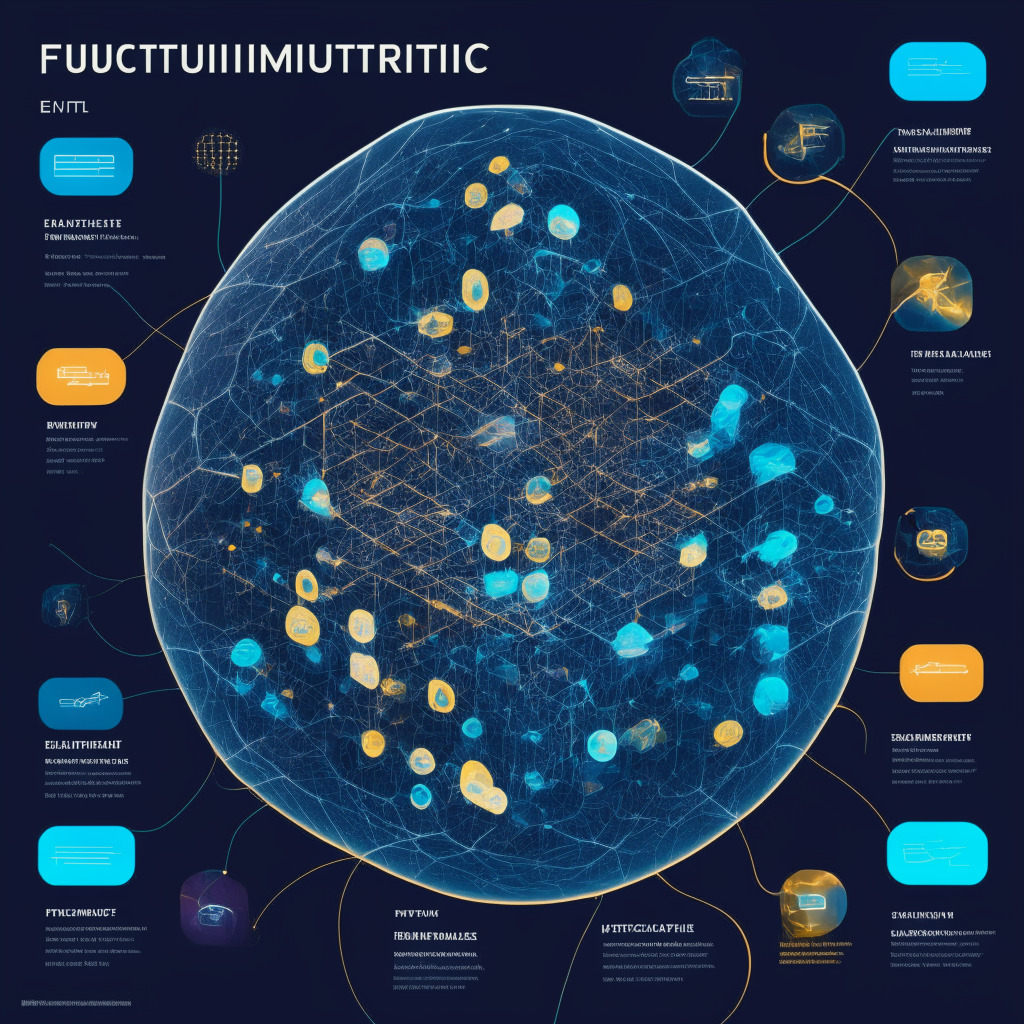The future of Bitcoin mining took center stage at the latest World Digital Mining Summit, where sustainable development and enhanced efficiency were hot topics of discussion. Representatives from leading companies such as Terrawulf, Core Scientific, CleanSpark, and Iris Energy shared valuable insights into the rapidly evolving industry.
In addition to this, Bitmain unveiled its next-gen Antminer S21 and S21 Hydro ASIC miners, drawing attention across the industry with their impressive performance stats. The S21 and S21 Hydro offer hashrate at 200TH/s and 335 TH/s, respectively, with efficiency levels well below 20 J/T As electricity costs rise and Bitcoin mining becomes challenging due to the next Bitcoin halving predicted in April 2024, the focus has sharply shifted towards efficiency and renewable energy sources.
Despite the staggering stats of the new Antminers, some industry insiders, like BMC founder Justin Kramer, express cautious optimism. With Bitmain’s complicated history, the S21’s impact on the crypto mining landscape hinges on its reliability, availability, and fair pricing. Kramer also points out that the burgeoning aftermarket firmware market, combined with hydro/immersion systems, provide miners with tools to keep older generation miners profitable, potentially preventing overall obsolescence by the S21.
Simultaneously, the drive towards increased use of renewable energy is undoubtedly strengthening. Terrawulf’s COO, Nazar Khan, acknowledges a considerable transition in the supply side of the generation process. As a part of the broader theme of decarbonization efforts across the United States, Bitcoin miners are playing a crucial role by locating their operations in places that facilitate the decarbonization process. But the imminent supply halving means miners will need to negotiate the same operational costs and debt payments while seeing their block reward distribution slashed straightforwardly.
While the increased use of renewable energy is one solution, miners may also need to implement efficiency adjustments to their ASIC fleet to remain or increase profitability. Bitmain’s Antminer S21 is recognized as a promising tool for reducing miners’ energy consumption and enhancing profits.
The Bitcoin mining industry’s commitment to climate-conscious practices and efficient operations is becoming more evident. As Haitian Lu, Hong Kong Sustaintech Foundation Professor in Accounting and Finance, insists, Bitcoin mining is not only steering towards increased efficiency but also promoting renewable energy adoption, countering the notion that Bitcoin mining accelerates emissions.
The global drive towards a future that embraces sustainability and efficiency resonates strongly in the Bitcoin mining industry. As leaders continue to innovate and evolve their practices, we can expect this sector to play a significant part in shaping a greener tomorrow.
Source: Cointelegraph




